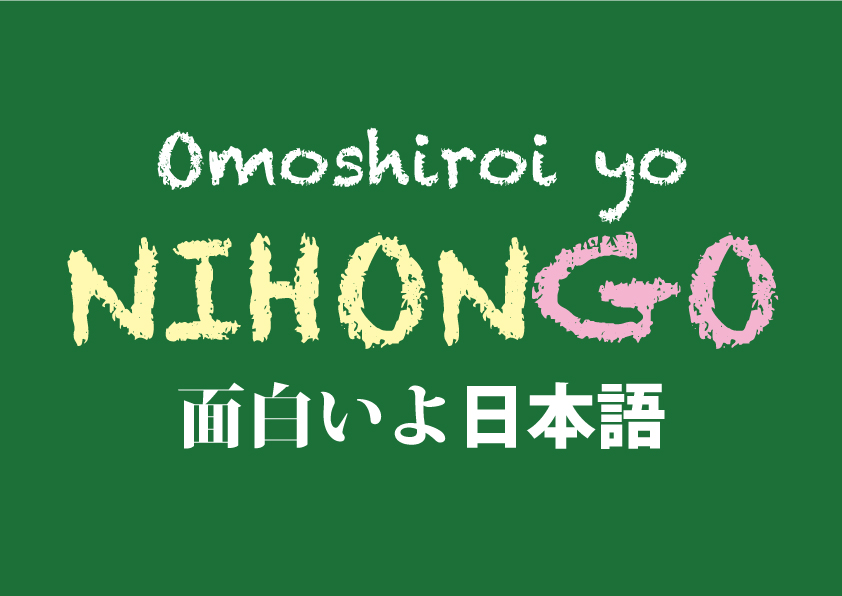
Welcome once again, to the fascinating world of the Japanese language. Are you ready for today’s lesson?
This time we introduce you to a segment of the colourful world of Japanese onomatopoeia. The group of words, which is called “gitaigo” 擬態語, describes conditions, states and emotions, usually written in katakana.
“Nikoniko” ニコニコ
This is the “sound” of smiling.
Smiling wholeheartedly, it is fully a positive emotion. You can make a verb from nikoniko with putting the word “suru” する after it. Nikoniko suru means to smile. It is worth it to mention that in Japan there is an online video site “Niconico (nikoniko) douga” ニコニコ動画, which got its name from this gitaigo.
“Niyaniya” ニヤニヤ
It is the “sound” of grinning or smirking. It can have a slightly negative meaning since grinning is not always a positive action. The same goes for this word if you add “suru” する after it that it becomes a verb.
“Geragera” ゲラゲラ
This is the onomatopoeia of laughing loudly without modesty, which can also become a verb by adding the word “suru” する after.
Example sentences:
♦ニコニコ動画で面白いものを見てニコニコしました。
(Niconico douga de omoshiroi mono wo mite nikoniko shimashita.)
I saw something funny on Niconico douga which made me smile.
♥計画が予想通りにいって、ニヤニヤしました。
(Keikaku ga yosoudoori ni itte, niyaniya shimashita.)
It went as planned, so it made me smirk.
♦冗談が面白すぎてゲラゲラ笑いました。
(Joudan ga omoshirosugite geragera waraimashita.)
The joke was so funny that I laughed loudly.
